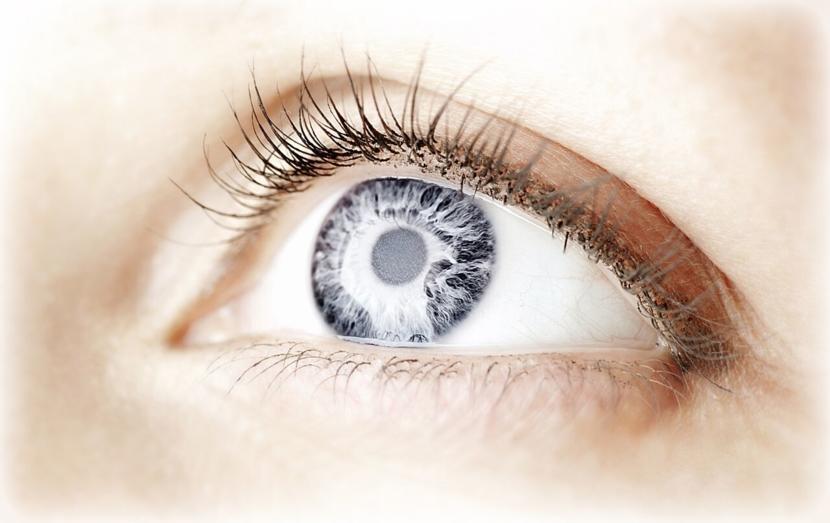What is Age-Related Cataracts?

When the eye lens changes with age, cataracts develop and your vision becomes blurry. A clear structure, the lens is located at the back of the pupil. Light streams in via the cornea and the lens directs it to the retina when it enters the eye.
When you start to age, cataracts can begin developing, thus preventing light from getting to the retina.
Causes
It is yet not clear what leads to age-related cataracts. Just like grey hair comes with age, cataracts are oftentimes unavoidable.
When the structure of the lens changes as time goes by, cataracts develop. The cloudiness is believed to be as a result of alterations in the proteins that are contained in the lens. These alterations are however, not known why they are caused by aging.
Several factors contribute to the development of cataracts apart from aging. They include the following:
- Diabetes
- Family history
- Pre-existing eye problems like uveitis
- Eye injuries
- Prolonged usage of corticosteroids or high doses of the drug
There are other factors that are perhaps related to cataracts occurrence and they include the following:
- Smoking
- Frequent and excessive alcohol consumption
- Vitamin deficit in the diet
- Constant exposure to the sun
There is no method that is known in preventing cataracts since its definite cause is unknown.
Symptoms
You may not notice cataracts initially, since they develop over several years. Although every eye may be affected differently, cataracts occur in both eyes most of the time.
Your vision will be cloudy, hazy or blurry or you could have tiny spots or patches with minimized vision.
Your vision may be affected by cataracts in the following ways:
- Difficulties in seeing light that is either very bright or very dim
- Discomfort in looking at glare
- Colors may seem less clear or washed-out
- Yellowish or brownish tint in all objects
- Seeing halos when there are bright lights like street lights
- Decrease in the effectiveness of your eyeglasses
Your eyes will not be irritated, painful or red if you have cataracts.
When Should You Visit an Optometrist?
You should make a point of visiting your optometrist if you start experiencing vision complications. They will evaluate your eyes and assess your vision.
An ophthalmoscope or a slit lamp may be used by the optician to examine your eyes. They are used in magnifying your eyes and possess a light that is bright at one end that enables the doctor to see the inside of the eyes and detect cataracts.
You will be referred to an ophthalmologist if you are found to be affected by cataracts. They will then cross-check the diagnosis for cataracts and strategize the treatment to be used. An ophthalmologist specializess in eye diseases like cataracts and their cures.
Treatment
You may be given eyeglasses that are more powerful and reading lights that are brighter if your cataracts are not severe. You will, however, require treatment, since cataracts gets worse as time goes by.
The only effective cure for cataracts is cataract surgery. Surgery is only performed if your cataracts start interfering with the quality of your life.
During the cataract surgery, a tiny cut is made in the eye to remove the affected lens and then it is replaced with an artificial one that is transparent. The surgery is mostly done under local anesthesia and you will be discharged from the hospital the same day of the operation.













